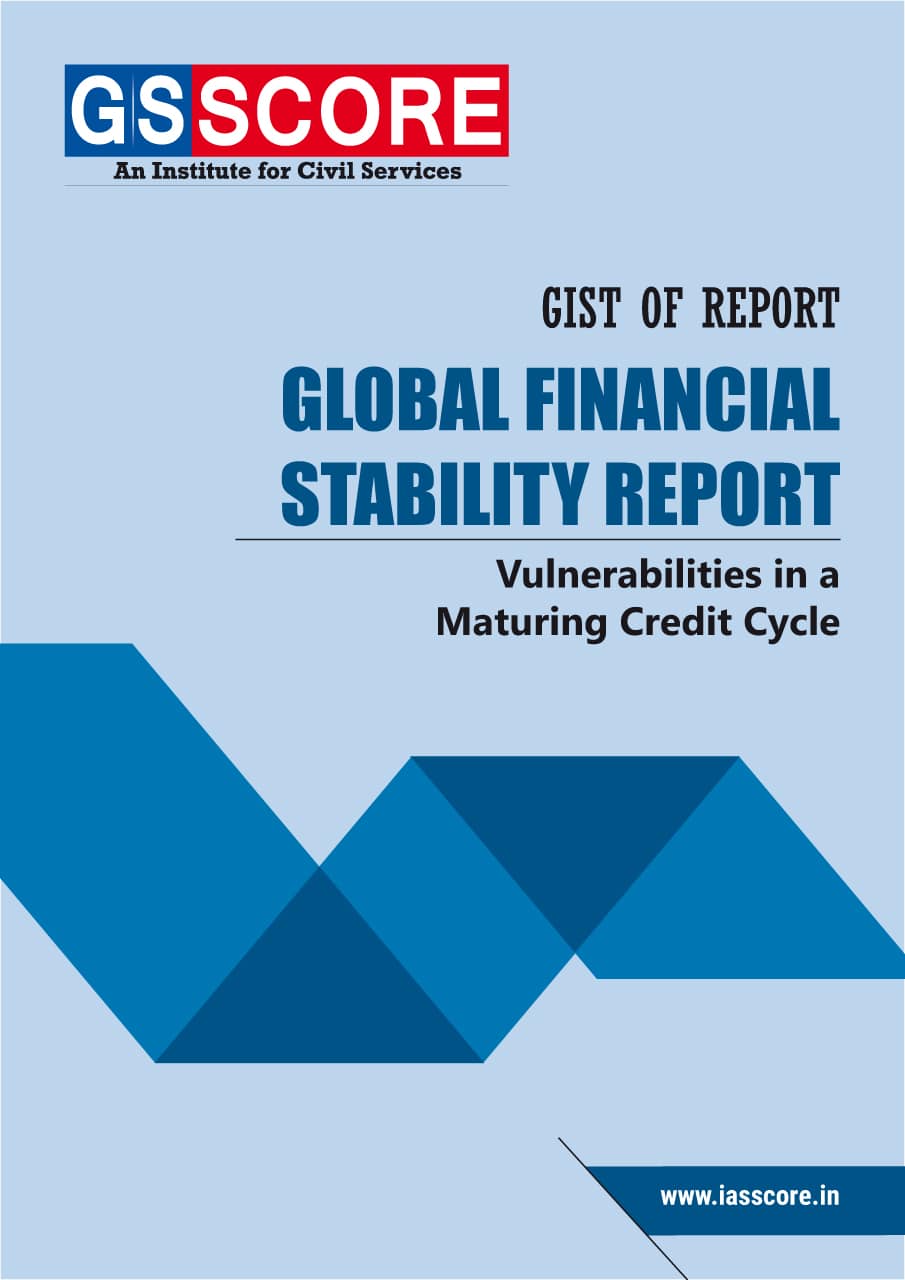


Introduction
- The Global Financial Stability Report (GFSR) assesses key risks facing the global financial system. In normal times, the report seeks to play a role in preventing crises by highlighting policies that may mitigate systemic risks, thereby contributing to global financial stability and sustained economic growth of the IMF’s member countries.
- Markets sold off sharply late last year, broadly across asset classes, amid growing signs of a slowing global economy and rising concerns about US-China trade tensions. Against a backdrop of rising downside risks, policymakers across the globe took steps to prevent a sharper deceleration of the economy. Such a forceful response supported market sentiment and triggered a sharp rebound in risk assets.
- Despite this recent improvement, financial markets remain susceptible to a sudden tightening in financial conditions. Potential triggers include a sharp repricing of risk, an intensification of trade tensions, a further slowdown in global economic activity, or political shocks.
- An abrupt deterioration in financial conditions could unmask financial fragilities that have built during the period of very low interest rates. In this issue of the Global Financial Stability Report, using data back to 2000 for 29 systemically important economies that account for a significant share of the global economy, we assess the level of vulnerability across regions and sectors (banks, nonbank financial institutions, sovereigns, firms, and households).
- In sum, rising financial vulnerabilities point to elevated medium-term risks to financial stability. Policymakers should act now to reduce these vulnerabilities while they can. Monetary policies should remain data dependent and well communicated to avoid market overreaction and prevent further growth deceleration.
Related Articles


